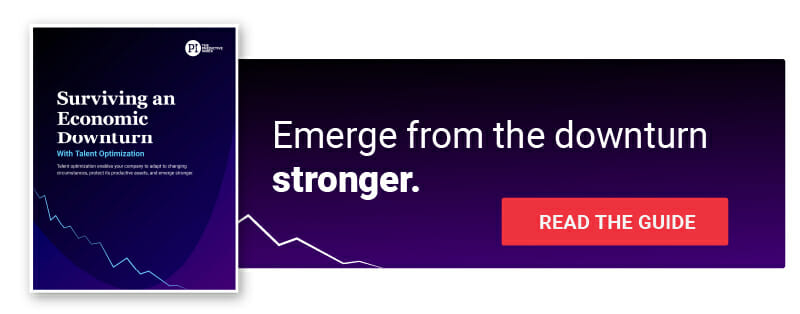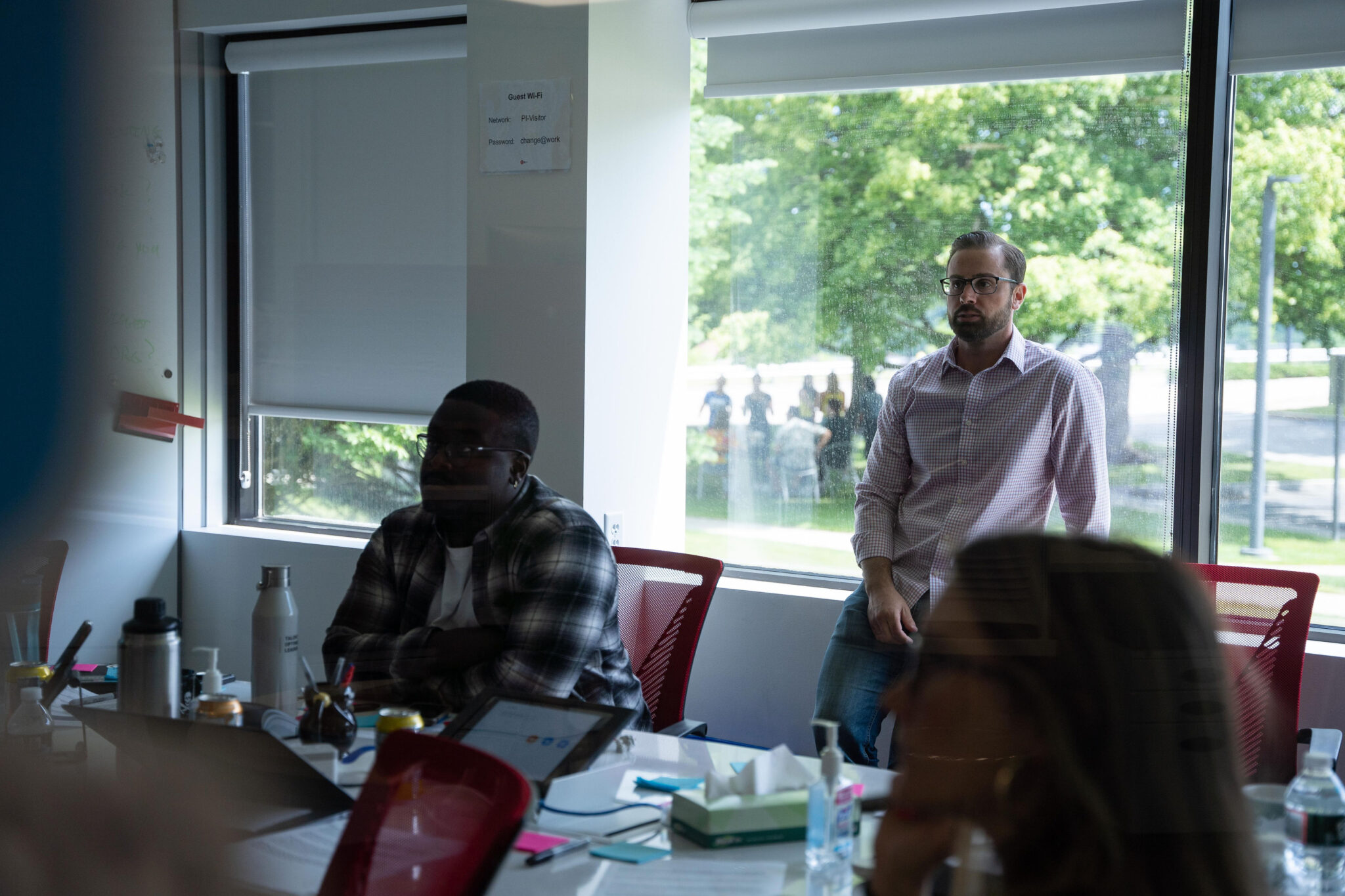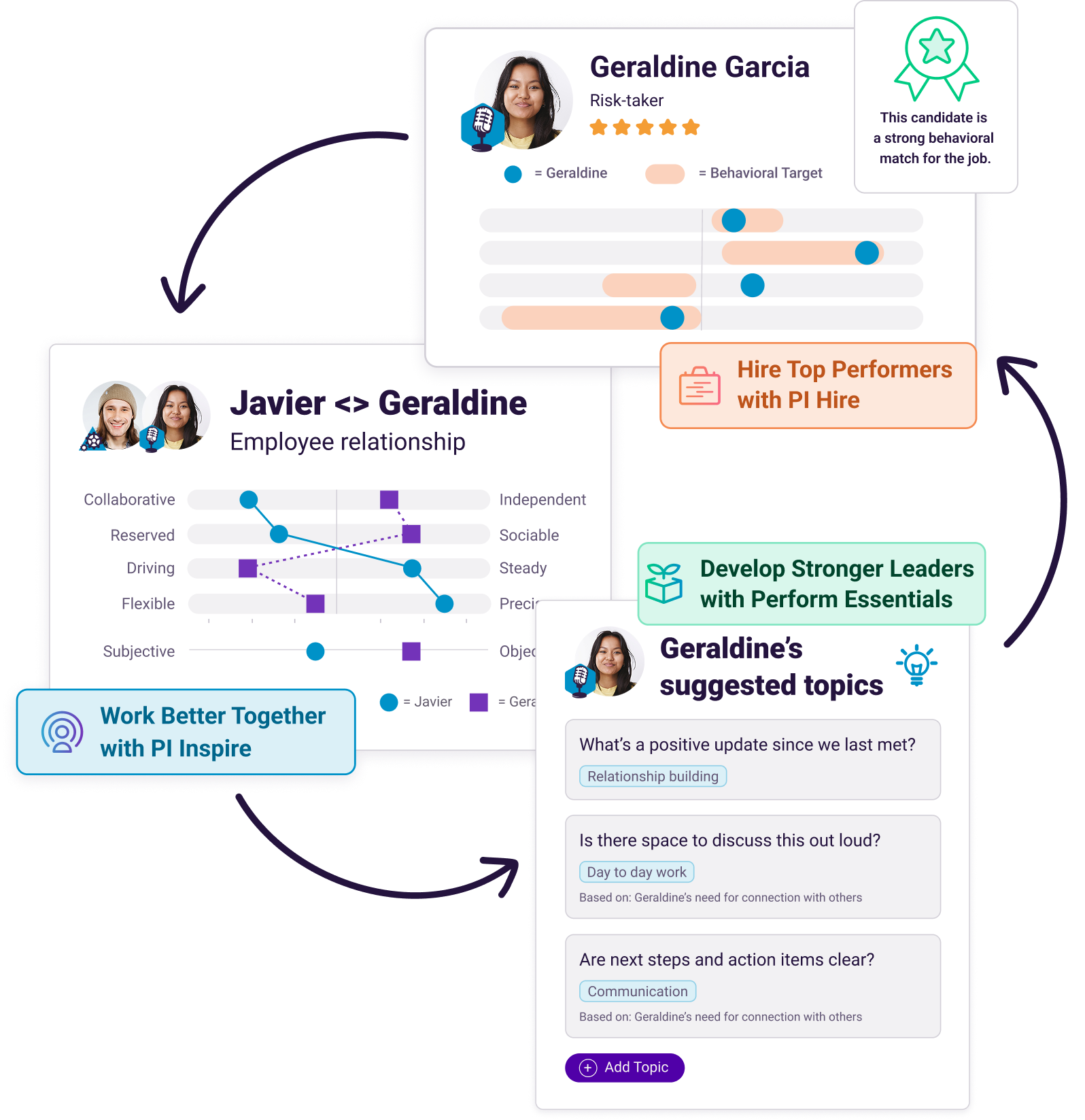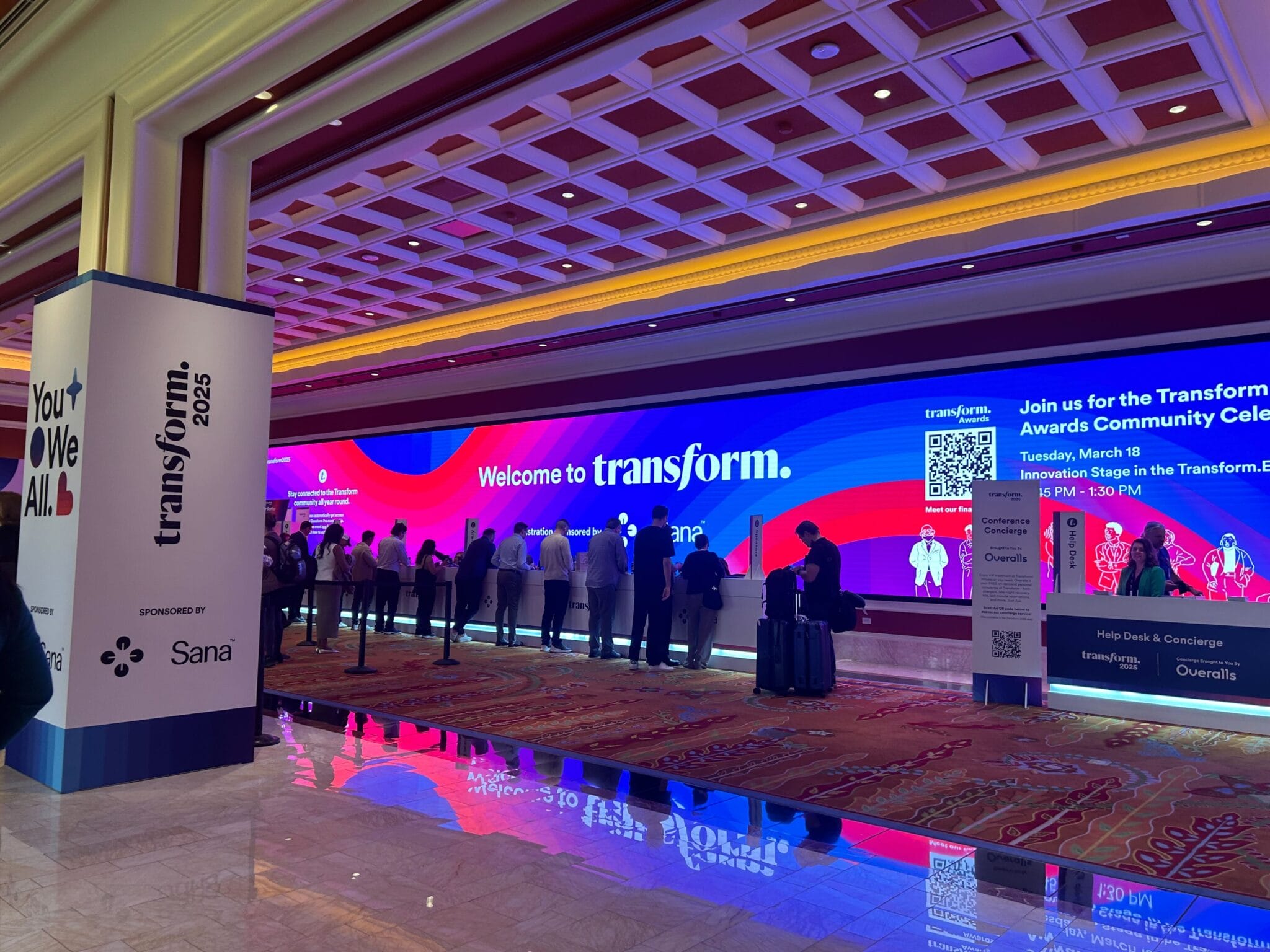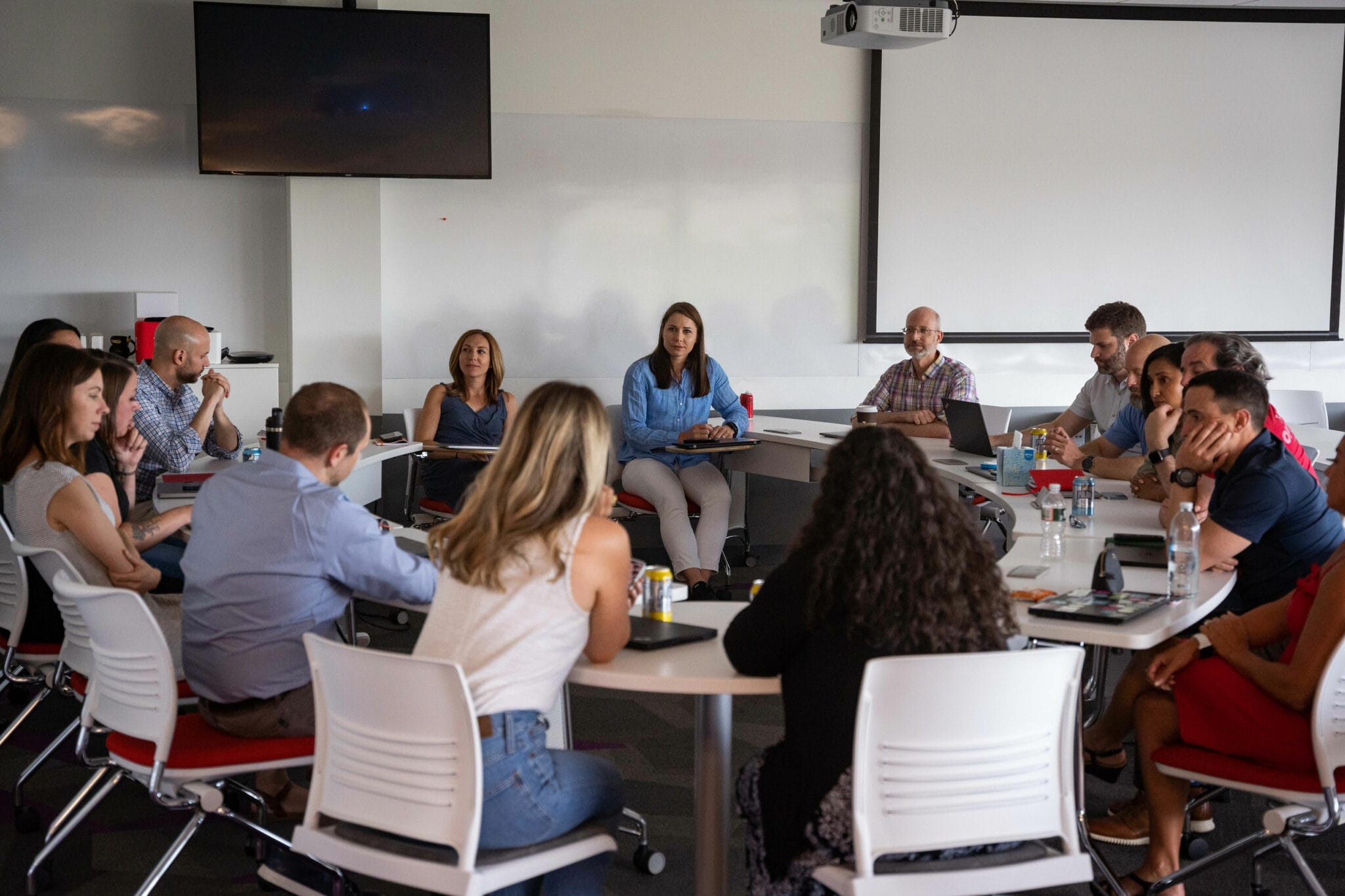COVID-19 has put companies on the defensive. As the pandemic continues to devastate the economy, businesses have had to cut discretionary spending, implement hiring freezes, and make difficult decisions about their current workforce.
As you navigate this time of uncertainty, it pays to be prudent with the resources available to you. With the right strategy and smart leadership, a little can go quite a long way.
Here are three tips on how to conserve resources in the workplace:
1) Adapt your business strategy.
In times of crisis, you can’t afford to rest on your laurels. Instead, look to adapt your business strategy to meet the evolving needs of the organization.
Start by gathering key stakeholders involved in decision-making. Together, look at your current strategic goals. Decide which ones no longer make sense for the business. Then come up with a small number of critical priorities to pursue.
Say you lead an organization that rewards innovation and fail-fast thinking. In normal times, this strategy helps you deliver unique products and move quickly to market. But in a crisis, failing fast can mean squandering precious time and money—when you’re likely short on both.
Instead, you may decide to refocus on retaining customers and selling existing products that serve an immediate market need. It likely won’t net you new business anytime soon. But when resources are so scarce, it may be a worthy trade-off to ensure your customers get the support they need.
2) Assess the behavioral fit of your leadership team.
Adapting your strategy is critical, but it alone isn’t enough. You must also make sure you have a leadership team suited to see that new strategy through.
Take a close, honest look at your senior team. Ask yourself to what degree it’s equipped to execute the revised strategic priorities. Are certain executives more behaviorally suited to lead these initiatives than others? Where do the team’s leadership strengths lie—and where are there gaps?
It’s easy to rely on gut when assessing fit—especially if you’ve known this team for years. But unless you can take an objective, unbiased view, you’re likely to leave inefficiencies unchecked. And when there are cracks at the top of the organization, there are bound to be leaks at the bottom.
Thankfully, there’s a better way to assess fit. Using behavioral data, you can get a glimpse into a person’s workplace drives and needs. For example, you may find one executive to be a people-pleaser with an eye for detail. Another may be more results-driven with a preference for big-picture thinking.
Let’s revisit the case of the fail-fast organization. Normally, the executive team might consist of venturesome, innovative thinkers. If you adapt your strategy to focus on customer retention, you likely need a leadership team more focused on people—not tasks. You’ll also want highly detailed executives who’ll split hairs if it leads to a better customer experience.
By assessing leadership fit, you ensure your team is better prepared to handle the challenges to come. When the team’s flowing with the current, not against it, you cut down on blockers that put a drain on your resources.

3) Communicate changes down the organization.
For leadership to execute the revised strategy, the rest of the organization must also be clear on the new priorities. This requires a strong communication plan on the part of senior leadership.
When rolling out changes to the organization, it helps to do so via a cadence of regular updates. You could post executive meeting notes to a dedicated Slack channel. For a more personal touch, senior leaders can record video updates or host live Q&A sessions. Whatever you do, make sure these communications are clear and candid.
The more transparent you are with employees, the easier it becomes to build trust at the lower levels. When employees feel attuned to the issues of the organization, they have a more personal stake in seeing them resolved.
If your organization looks to reduce spending, communicate the importance of consolidating tools. Ask department leaders to terminate software subscriptions that aren’t essential to core operations. Challenge employees to find inventive ways to replace tools and eliminate overlap. (For example, you could replicate an internal ticket system through Google Forms or Slack.)
Alone, these efforts may seem small. But as part of a company-wide movement, they can mean the difference between sinking or swimming.
Weather the storm with talent optimization.
It’s hard to say when we’ll find a new “normal.” When the future is uncertain, it’s more important than ever to lead with confidence and clarity.
Our guide, “Surviving an Economic Downturn With Talent Optimization,” provides the steps to ensure your company is resilient in the face of fear. Use talent optimization to adapt your strategy, restore high-performing teams, and foster strong leadership. That way, you can navigate these difficult waters—and emerge stronger.
